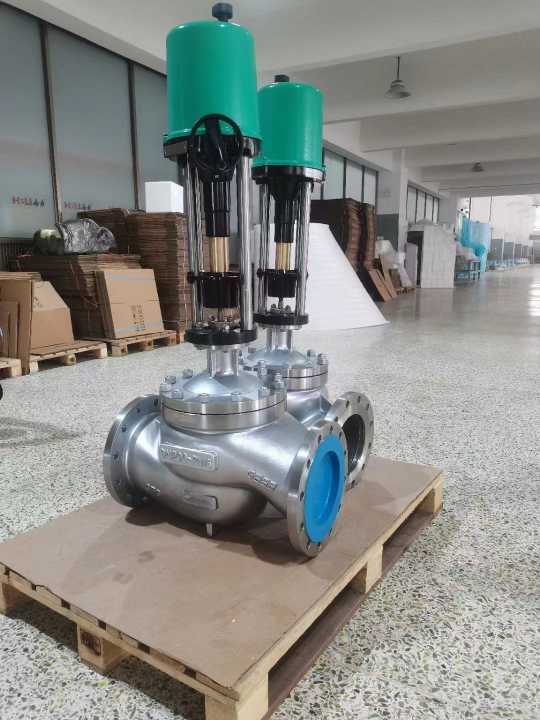hydrogen energy electric single seat regulating valve: a key component in hydrogen systems
Release time:2025-08-19 06:44:47
The rise of hydrogen energy as a clean and sustainable alternative to fossil fuels has brought significant advancements in various industries. As hydrogen energy systems become more sophisticated, the need for precise control and management of hydrogen gas is paramount. One of the critical components in achieving this control is the Hydrogen Energy Electric Single Seat Regulating Valve. This article explores the role of this valve in hydrogen energy systems, its features, applications, and how it contributes to ensuring the efficiency and safety of hydrogen operations.

What is a Hydrogen Energy Electric Single Seat Regulating Valve?
A Hydrogen Energy Electric Single Seat Regulating Valve is a specialized valve designed to regulate the flow of hydrogen gas in various hydrogen-related applications. It features an electric actuator that precisely controls the opening and closing of the valve, which helps manage the flow rate, pressure, and temperature of hydrogen in a system. The "single seat" design refers to the type of valve construction where the valve has one seat that controls the fluid or gas flow through the system.
These valves are essential in managing the flow of hydrogen in environments that require highly controlled conditions, such as fuel cells, hydrogen storage tanks, and hydrogen refueling stations. The electric actuator allows for automated operation, enabling real-time control of the hydrogen flow, which is critical for maintaining the stability and efficiency of the entire system.

